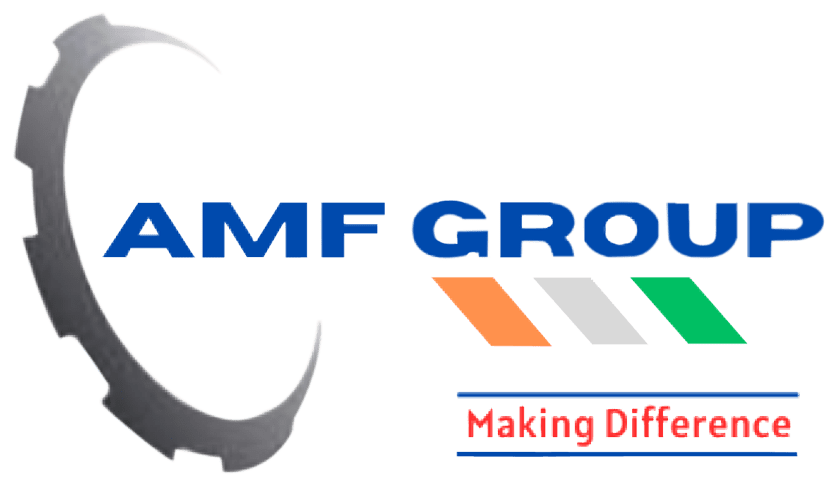Tool & Die
Tool and die making is a specialized field within the manufacturing industry that involves the design, production, and maintenance of tools, dies, jigs, fixtures, and other equipment used in the manufacturing process. These tools and dies are essential for the production of parts or components used in various industries such as automotive, aerospace, electronics, and more.
Here are some key points about tool and die making:
Purpose: Tool & die makers create tools and dies that are used in manufacturing processes to shape, form, cut, or mold materials into specific shapes or sizes. These tools and dies are typically custom-made to meet the specific requirements of a particular part or product.
Skills and Knowledge: The makers require a combination of technical skills and knowledge. They must be proficient in areas such as blueprint reading, precision measurement, computer-aided design (CAD), computer-aided manufacturing (CAM), machining techniques, and materials science.
Tool Design: The makers work closely with engineers, designers, and manufacturers to understand the requirements of a particular part or product. They then use this information to design the tools and dies needed to produce those parts. This involves creating detailed drawings, selecting appropriate materials, and determining the best manufacturing methods.
Tool Production: Once the tool design is finalized, tool and die makers use various machining techniques to produce the tools and dies. This can involve using CNC (Computer Numerical Control) machines, manual machining tools, and other equipment to shape and finish the components to the required specifications.
Tool Maintenance and Repair: Tool and die makers are also responsible for the maintenance and repair of tools and dies. Over time, these tools can wear out or become damaged, affecting the quality of the parts produced. Tool and die makers use their expertise to troubleshoot and repair these issues to ensure the tools continue to perform optimally.
Advancements in Technology: It has benefited from advancements in technology. Computer-aided design and manufacturing have improved the efficiency and accuracy of tool production processes. CNC machines have made it easier to create complex shapes and designs, while additive manufacturing techniques, such as 3D printing, have also found applications in tool & die making.
It is a critical part of the manufacturing industry, ensuring that parts and components are produced accurately and efficiently. It requires a combination of technical skills, attention to detail, and problem-solving abilities to create and maintain the necessary tools and dies with AMF.
